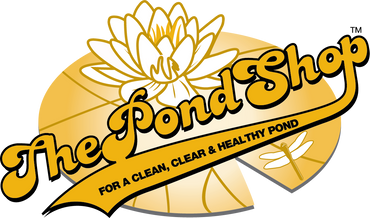Starry Stonewort

This submerged annual macroalga invades lakes, ponds, reservoirs and slow moving rivers where it forms dense surface mats that can interfere with recreational activities. The starry stonewort is an invasive species that has established population in the Midwest and Northeast United States. The starry stonewort has whorls of long, narrow branchlets in groups of 4 to 6 coming off of main shoots. Small, white, star-shaped structures called “bubils” produced at its nodes are a distinguishing feature that gives it the name starry stonewort.
Prevention
Starry stonewort is native to Europe and Western Asia. It was probably introduces to the US via ballast water carried in trans-oceanic ships. Fragments of starry stonewort can be spread between lakes by boats, trailers, and anchors holding sediments. Local dispersal occurs by bulbils or fragments being transported by water currents or boats within the lake. Boaters are urged to thoroughly clean their watercraft, trailers and other equipment before moving them from one body of water to another. Since only male starry stonewort exists in the US no viable “seeds” are produced.
Physical/Mechanical Control
Manual removal of starry stonewort is possible, but difficult, and may be impractical on a large scale. Abundant bulbils on the rhizoids can dislodge if disturbed, and will sprout new plants. Manual removal efforts must emphasize careful removal of these bulbils.
Biological Control
Beneficial bacterial products and enzymes such as PZ900 feed on nutrients in the water making them unavailable for algae growth. Reducing nutrients can help prevent invasion.
Chemical Control
Some chemical herbicides and algaecides have been effective at reducing starry stonewort. Herbicide applications may be less effective on tall stands of starry stonewort, as the chemical is quickly absorbed into the upper parts of the algae, leaving the lower parts unharmed.
Cutrine Plus liquid and granular are chelated and inorganic copper base herbicides that have shown effectiveness in controlling starry stonewort when applied before large mats have formed. Cutrine Plus liquid or granular do not have water use restrictions. Cutrine Plus is toxic to trout, koi fish and goldfish.
